
Volkswagen Touareg Estate engines, drive and performance
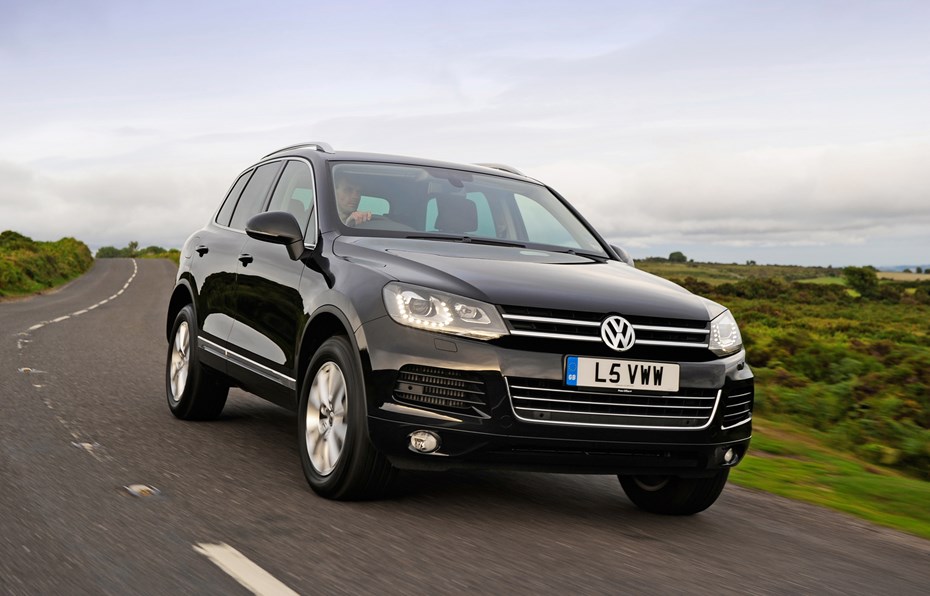
Stick with the 3.0-litre V6 TDI, the sole engine choice after the 2014 facelift, and you’ll have all the Volkswagen Touareg performance you’ll really need.
Diesel power dominates
Most people are expected to choose the 258bhp 3.0-litre V6 TDI engine, which replaced the 240bhp unit in 2014; it’s the best in the line-up, thanks to its blend of usable pace and economy. With impressive in-gear pulling power, it’s no slouch and there’s instant power when you accelerate making it more than quick enough in everyday driving. 0-62mph takes 7.3 seconds (faster than the previous model) but what’s more impressive is its responsiveness when accelerating from around 40mph, for instance when joining a motorway.
It’s economical and can average 42.8mpg while CO2 emissions of 174g/km are impressively low for such a large 4×4. It also features a stop/start system that automatically turns off the engine when stationary. A 201bhp version of this engine is also on offer with emissions of 173g/km, 42.8mpg and 0-62mph in 8.7 seconds.
From the 2014 makeover, all Touaregs were fitted with stop/start, an eight-speed automatic transmission with coasting function to boost its economical capabilities further.
The other diesel is a muscular 4.2-litre V8 TDI with 340bhp (which effectively replaced the V10 TDI) that provides a great engine note and has immense amounts of low-down grunt. Like the V6 TDI it’s quiet and refined, even when revved hard, plus it’s immensely quick and sprints from 0-62mph in just 5.8 seconds. However, it isn’t as relaxed as the V6, plus economy falls to 31mpg.
Petrol-electric hybrid option
The Touareg is available with a petrol-electric power train, which is the first time a hybrid engine has been used in a Volkswagen. This is powered by a 3.0-litre V6 TSI engine (the same one that’s used in the Audi S5 Cabriolet) alongside an electric motor.
Combined, they deliver a maximum of 380bhp and a 0-62mph time of 6.5 seconds, with emissions of 193g/km of CO2 allied to economy of 34mpg. This is aided by a stop/start system that cuts the petrol engine in stop and go traffic or urban areas (it’s barely noticeable), so the Touareg can run purely on electric power up to 30mph.
Batteries are charged by kinetic energy recovered from braking. While this is incredibly clever, in the real world the Touareg Hybrid feels somewhat disappointing alongside the TDI engines. There are plus points in terms of Volkswagen Touareg perfomance – at low speeds, it’s virtually silent and uses no fuel, but at higher revs the petrol engine becomes noisy and strained.
The brakes are odd too. They feel overly sensitive, a side effect of the regenerative braking system, so driving smoothly isn’t particularly easy.
Compared to the previous model, this Touareg feels more composed in corners with less body roll and better steering.
There’s not much in the way of feel through the steering wheel, but on demanding roads it is surprisingly agile for such a large vehicle. This is largely down to a significant reduction in weight – it’s around 20 per cent lighter and certainly feels more nimble.
At motorway speeds it’s supremely quiet with virtually no noise from either the engine or the tyres, while the ride is exceptionally good at soaking up bumps and potholes, something improved further still as part of the 2014 refresh with adjusted suspension settings. It’s almost limousine-like when cruising, helped by smooth engines and excellent levels of refinement.
Going off-road? The Touareg is also very capable when tackling more difficult terrain and the Escape version (available with the V6 TDI) comes with a more advanced four-wheel-drive system called 4XMOTION, which has a low-range gearbox plus centre and rear differentials. It also gets lower rear and front underbody protection.


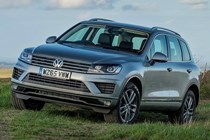
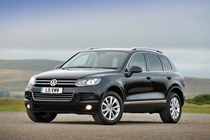
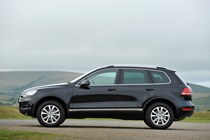
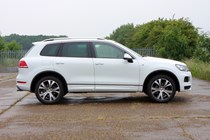
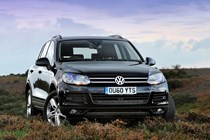
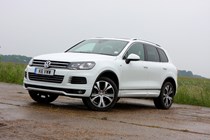
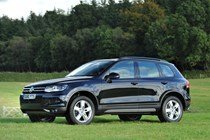
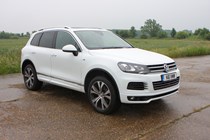
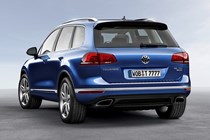
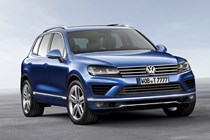
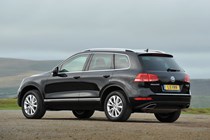
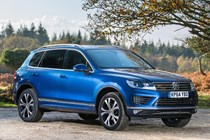
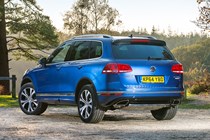

.jpg)
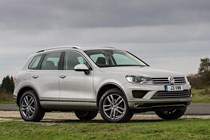

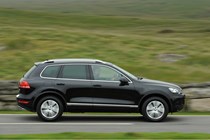
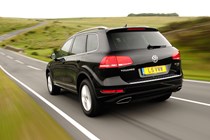
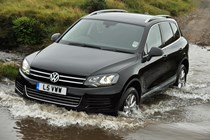
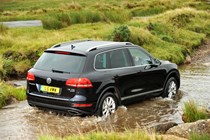
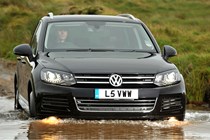
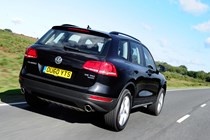
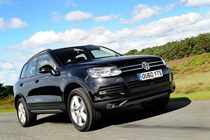
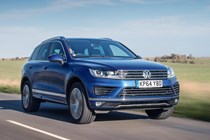
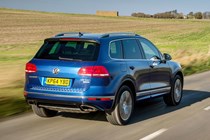
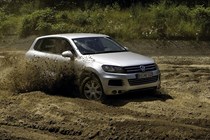
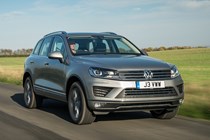
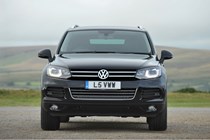
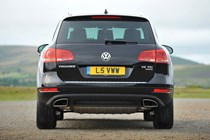
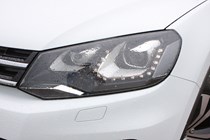
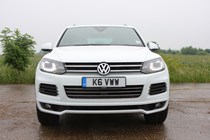
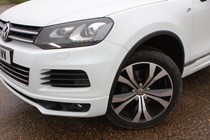
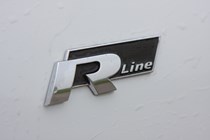
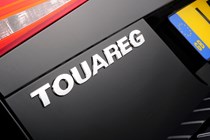
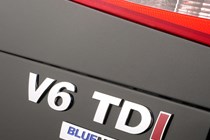
.jpg)
.jpg)
.jpg)
.jpg)
.jpg)
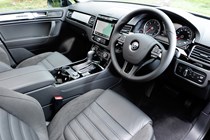
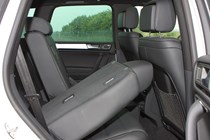
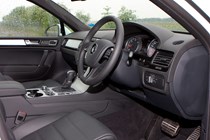
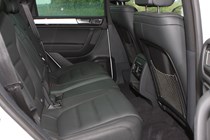
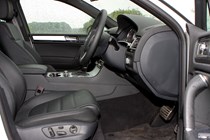
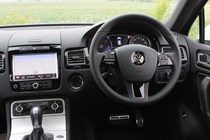
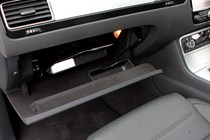
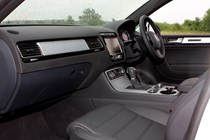
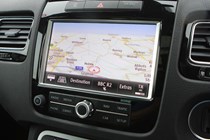
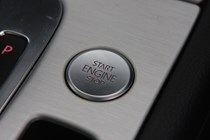
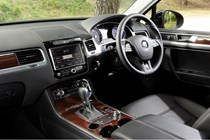
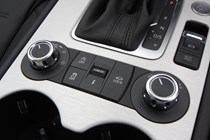
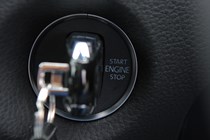
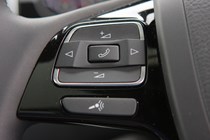
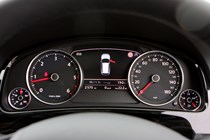
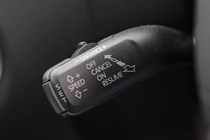
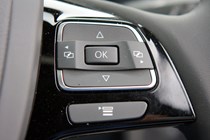
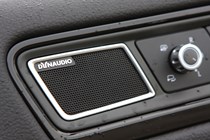
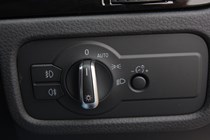
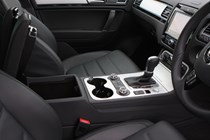

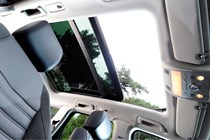
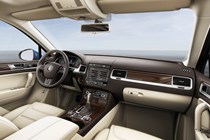
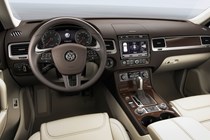
.jpg)
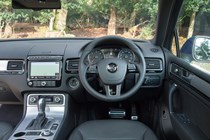
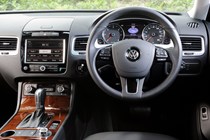
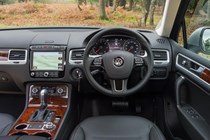
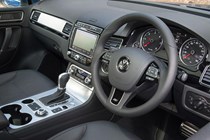
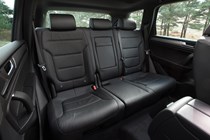
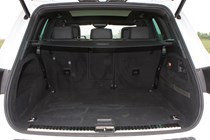
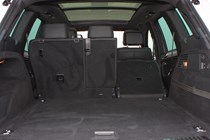
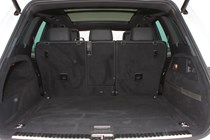
.jpg)
.jpg)
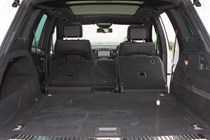
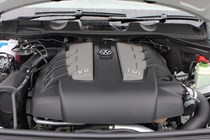
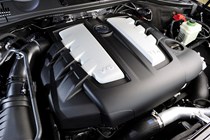
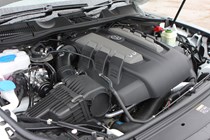
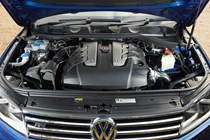














.jpg?quality=50)





















.jpg?quality=50)
.jpg?quality=50)
.jpg?quality=50)
.jpg?quality=50)
.jpg?quality=50)
























.jpg?quality=50)








.jpg?quality=50)
.jpg?quality=50)




